
cd_nom
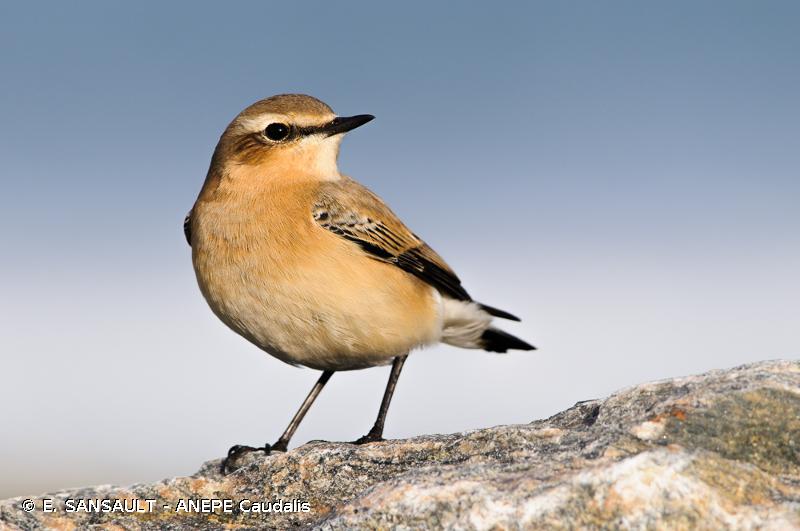
| Author : E. SANSAULT - ANEPE Caudalis |
 |
To get the picture, please visit:
Eric Sansault
ANEPE Caudalis
email : inpn@mnhn.fr
Despite the Creative Commons license, please inform the author of the use which will be made of his photo
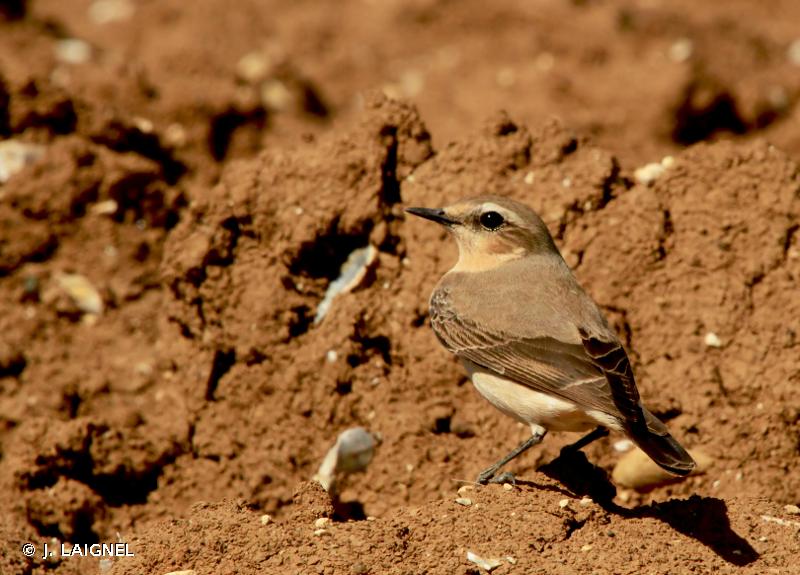
| Author : J. LAIGNEL |
 |
To get the picture, please visit:
Julien Laignel
Chargé de mission SNB - SPN/MNHN
4, avenue du Petit Château
91800 BRUNOY
Tel.: 06.10.68.23.36
Mail: julien.laignel@9online.fr
Despite the Creative Commons license, please inform the author of the use which will be made of his photo
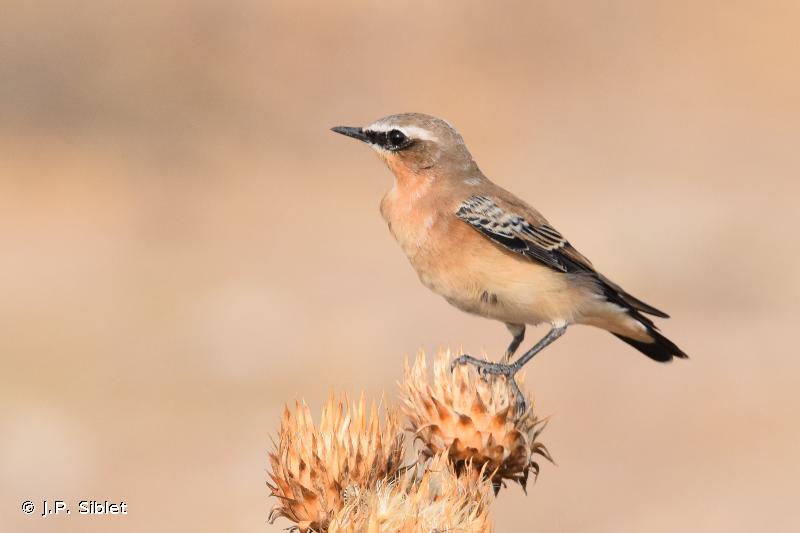
| Author : J.P. Siblet |
 |
To get the picture, please visit:
Jean-Philippe SIBLET
Muséum national d'Histoire naturelle - Service du Patrimoine Naturel
36 rue Geoffroy Saint-Hilaire
CP 41
75 231 PARIS CEDEX 05
e-mail : inpn@mnhn.fr
Despite the Creative Commons license, please inform the author of the use which will be made of his photo
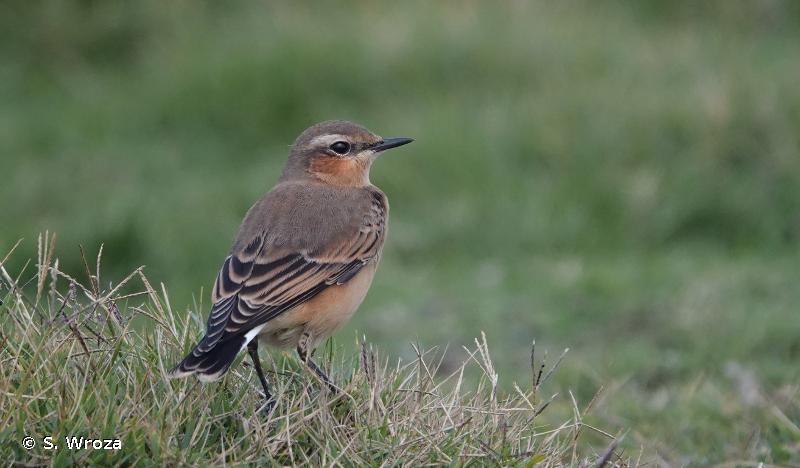
| Author : S. Wroza |
 |
Despite the Creative Commons license, please inform the author of the use which will be made of his photo
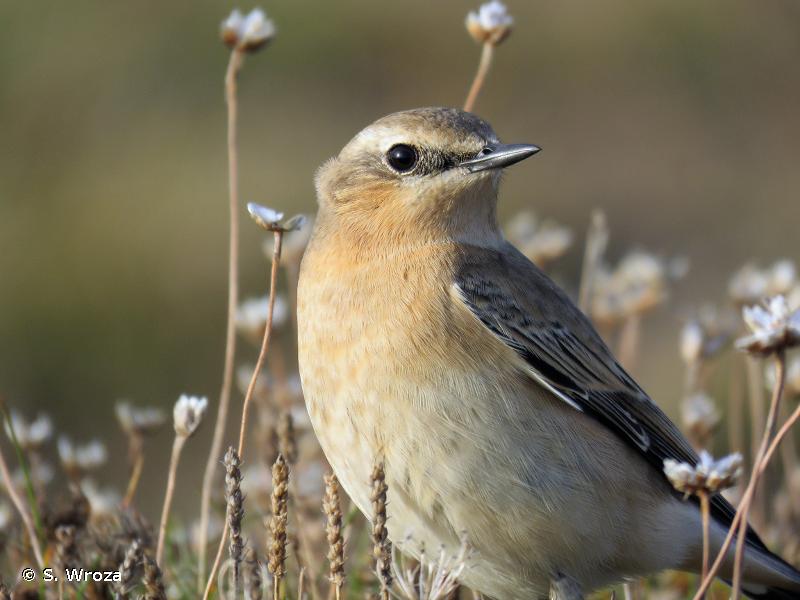
| Author : S. Wroza |
 |
Despite the Creative Commons license, please inform the author of the use which will be made of his photo

| Author : S. Wroza |
 |
Despite the Creative Commons license, please inform the author of the use which will be made of his photo
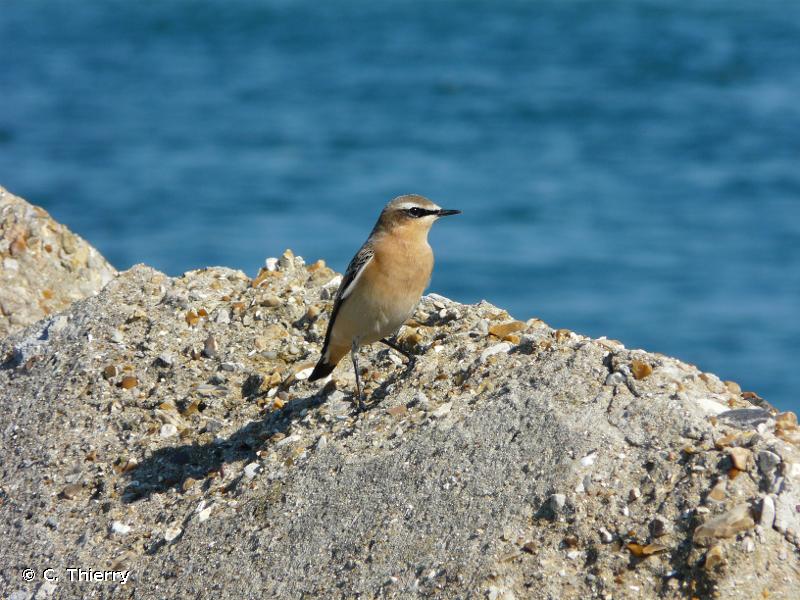
| Author : C. Thierry |
 |
To get the picture, please visit:
Chloé Thierry
cthierry@mnhn.fr
4, avenue du Petit Château
91800 Brunoy
Despite the Creative Commons license, please inform the author of the use which will be made of his photo

| Author : J. LAIGNEL |
 |
To get the picture, please visit:
Julien Laignel
Chargé de mission SNB - UMS2006-PATRINAT/MNHN
4, avenue du Petit Château
91800 BRUNOY
Tel.: 06.10.68.23.36
Mail: julien.laignel@9online.fr
Despite the Creative Commons license, please inform the author of the use which will be made of his photo
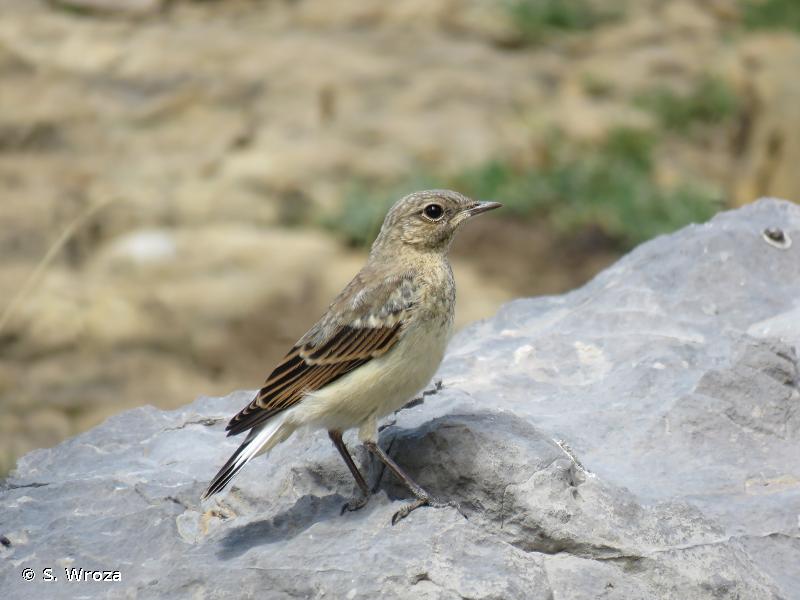
| Author : S. Wroza |
 |
Despite the Creative Commons license, please inform the author of the use which will be made of his photo

| Author : S. Wroza |
 |
Despite the Creative Commons license, please inform the author of the use which will be made of his photo
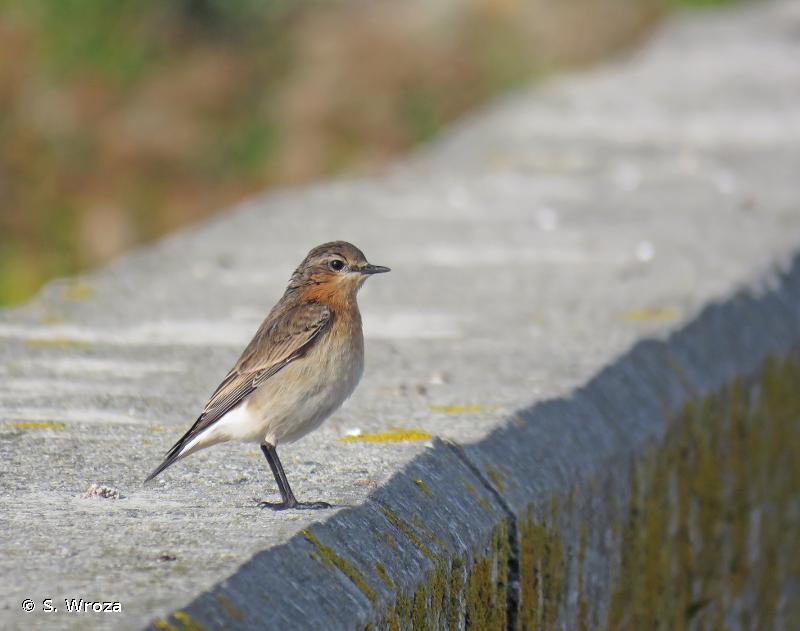
| Author : S. Wroza |
 |
Despite the Creative Commons license, please inform the author of the use which will be made of his photo
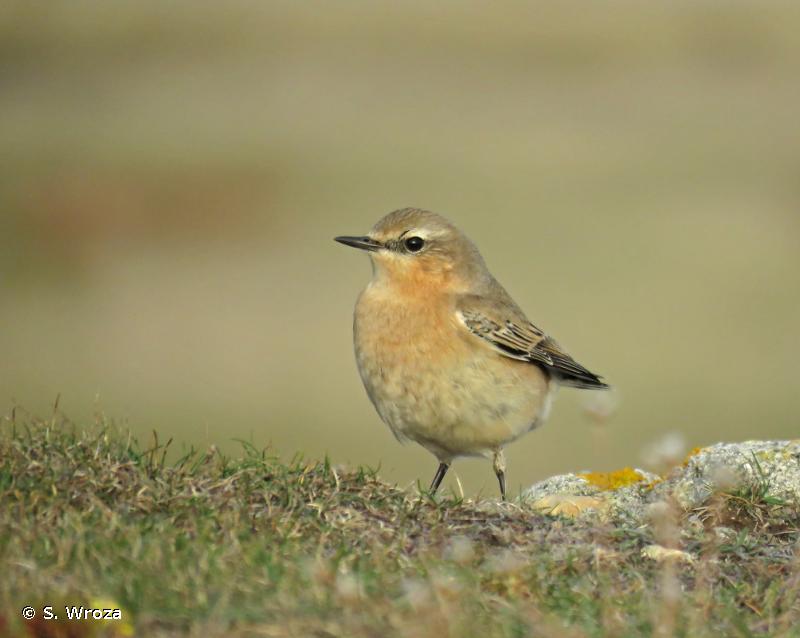
| Author : S. Wroza |
 |
Despite the Creative Commons license, please inform the author of the use which will be made of his photo
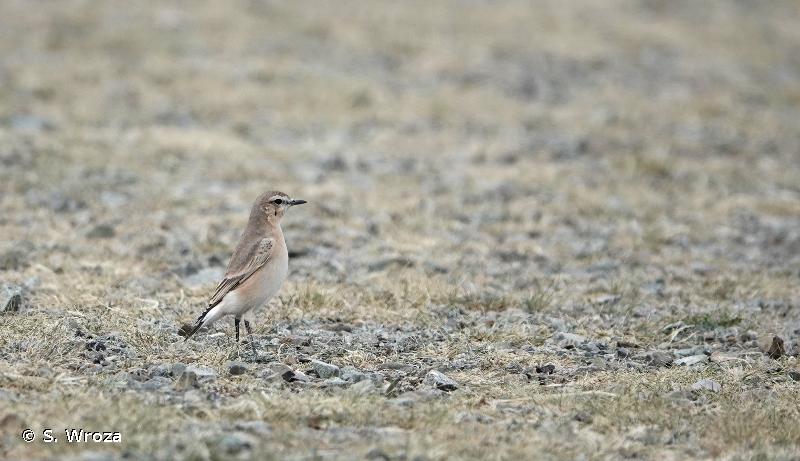
| Author : S. Wroza |
 |
Despite the Creative Commons license, please inform the author of the use which will be made of his photo
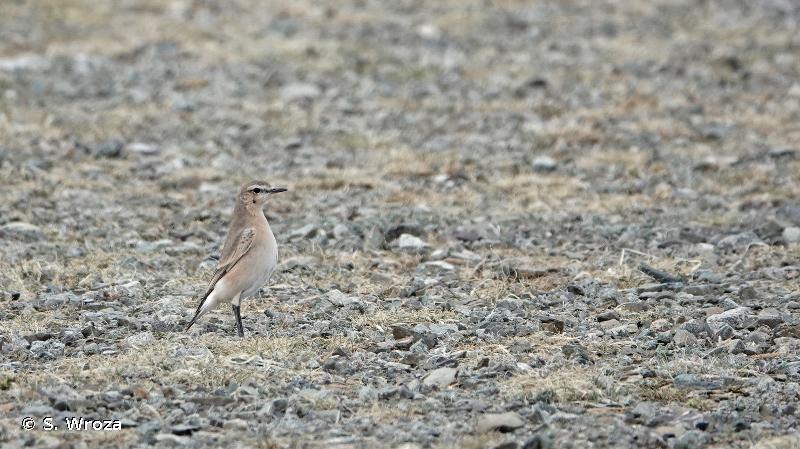
| Author : S. Wroza |
 |
Despite the Creative Commons license, please inform the author of the use which will be made of his photo

| Author : S. Wroza |
 |
Despite the Creative Commons license, please inform the author of the use which will be made of his photo

| Author : S. Wroza |
 |
To get the picture, please visit:
Wroza Stanislas
Muséum national d'Histoire naturelle - PatriNat
36 rue Geoffroy Saint-Hilaire CP 41
75 231 PARIS CEDEX 05
e-mail : s.wroza@hotmail.fr
Despite the Creative Commons license, please inform the author of the use which will be made of his photo

| Author : S. Wroza |
 |
Despite the Creative Commons license, please inform the author of the use which will be made of his photo

| Author : S. Wroza |
 |
Despite the Creative Commons license, please inform the author of the use which will be made of his photo

| Author : S. Wroza |
 |
To get the picture, please visit:
Wroza Stanislas
Muséum national d'Histoire naturelle - PatriNat
36 rue Geoffroy Saint-Hilaire CP 41
75 231 PARIS CEDEX 05
e-mail : s.wroza@hotmail.fr
Despite the Creative Commons license, please inform the author of the use which will be made of his photo

| Author : S. Wroza |
 |
Despite the Creative Commons license, please inform the author of the use which will be made of his photo
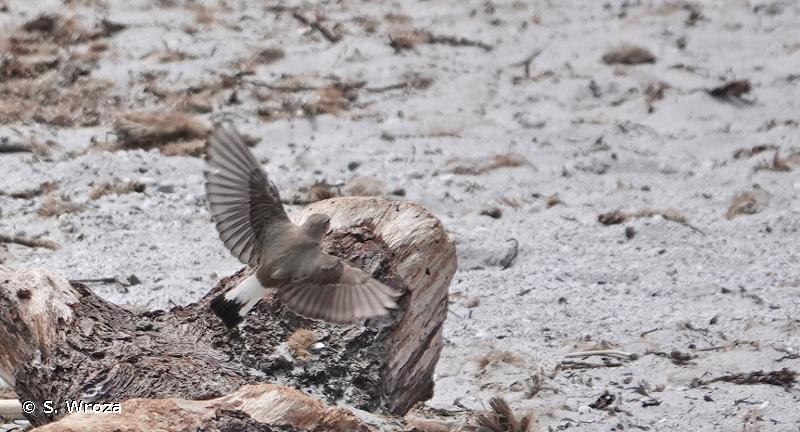
| Author : S. Wroza |
 |
Despite the Creative Commons license, please inform the author of the use which will be made of his photo
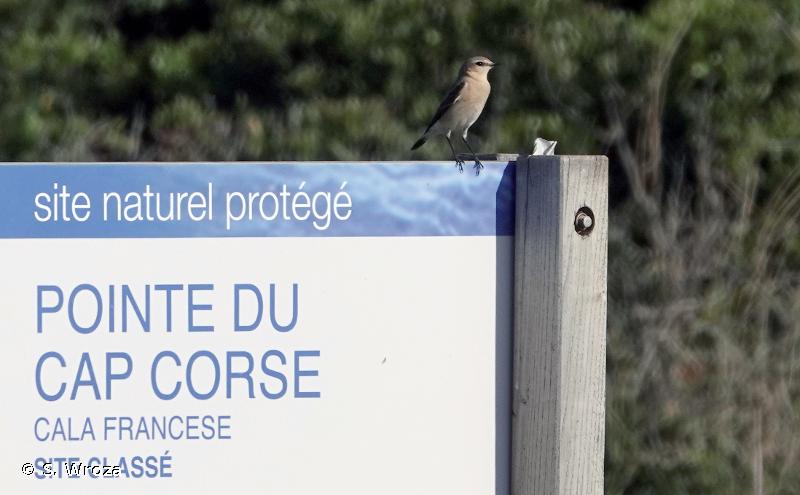
| Author : S. Wroza |
 |
Despite the Creative Commons license, please inform the author of the use which will be made of his photo

| Author : S. Wroza |
 |
To get the picture, please visit:
Wroza Stanislas
Muséum national d'Histoire naturelle - PatriNat
36 rue Geoffroy Saint-Hilaire CP 41
75 231 PARIS CEDEX 05
e-mail : s.wroza@hotmail.fr
Despite the Creative Commons license, please inform the author of the use which will be made of his photo

| Author : S. Wroza |
 |
Despite the Creative Commons license, please inform the author of the use which will be made of his photo

| Author : S. Wroza |
 |
Despite the Creative Commons license, please inform the author of the use which will be made of his photo
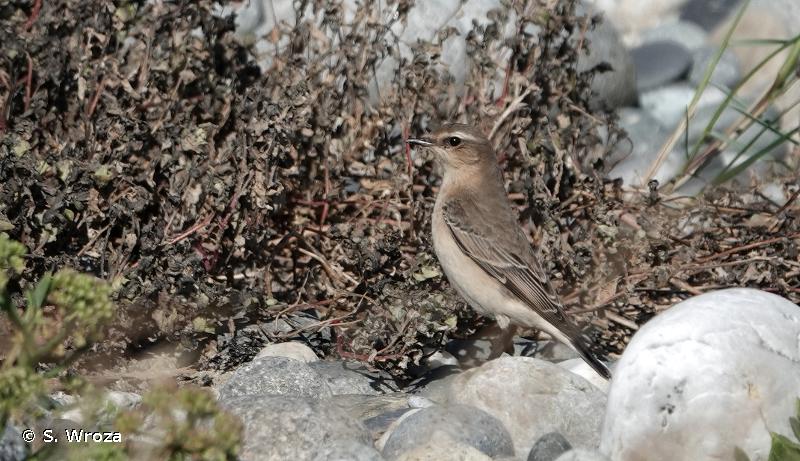
| Author : S. Wroza |
 |
Despite the Creative Commons license, please inform the author of the use which will be made of his photo

| Author : S. Wroza |
 |
Despite the Creative Commons license, please inform the author of the use which will be made of his photo

| Author : S. Wroza |
 |
Despite the Creative Commons license, please inform the author of the use which will be made of his photo

| Author : J. LAIGNEL |
 |
To get the picture, please visit:
Julien Laignel
Chargé de mission SNB - UMS2006-PATRINAT/MNHN
4, avenue du Petit Château
91800 BRUNOY
Tel.: 06.10.68.23.36
Mail: julien.laignel@9online.fr
Despite the Creative Commons license, please inform the author of the use which will be made of his photo
Taille/poids :
Longueur totale : 14 à 16,5 cm. Poids : 24 g.
Diagnose :
Le mâle a le dessus du corps gris bleuté. Les ailes ainsi que les joues et le bandeau sous l'oeil sont noirs. Un sourcil blanchâtre se prolonge jusqu'au bec. La gorge beige orangée s'étend plus ou moins sur la poitrine blanche. Chez la femelle, le dessus du corps est brun, les rémiges d'un brun plus foncé. Le dessous du corps est fauve avec le ventre crème et les joues chamois clair. Trait commun à tous les plumages, le blanc éclatant du croupion et des bords de la queue où se détache en noir un T renversé.
Détermination :
Simple. Facile sur photo.
Espèces proches :
Dans le sud de la France, la femelle de Traquet oreillard Oenanthe hispanica s'en distingue par un dessus plus fauve, des ailes plus noires, plus de blanc à la queue dont la barre terminale noire n'est pas uniforme mais dessine une "ancre".
Période d'observation :
Mi-mars à octobre.
Biologie-éthologie :
Le régime alimentaire est constituée d'insectes. Le Traquet motteux capture l'essentiel de ses proies à vue, en courant ou en sautillant sur une courte
distance. Il lui arrive de poursuivre certains insectes au vol.
Biogéographie et écologie :
L'aire de nidification du Traquet motteux, espèce paléartique, est très vaste en Europe et en Asie. Il a même colonisé une partie de l'Alaska à partir de la Sibérie orientale. Presque toutes les populations, même celle du Néarctique, passent l'hiver en Afrique tropicale. L'habitat type est constitué d'espaces ouverts à végétation rase et éparse. En montagne, on le rencontre sur des coteaux vallonnés, des pelouses alpines, des éboulis. En bord de mer, on le trouve dans les dunes ou sur les côtes balayées par le vent. Ailleurs, ce sont des friches, des coteaux ou des causses méridionaux qui lui offrent les habitats semi-désertiques qu'il affectionne.
Compilé par J. Comolet-Tirman à partir des Cahiers d’habitats.(UMS 2006 Patrimoine Naturel (AFB / CNRS / MNHN)), 2017
Continental
Metropolitan France
Overseas
Marine
Metropolitan France
Overseas
